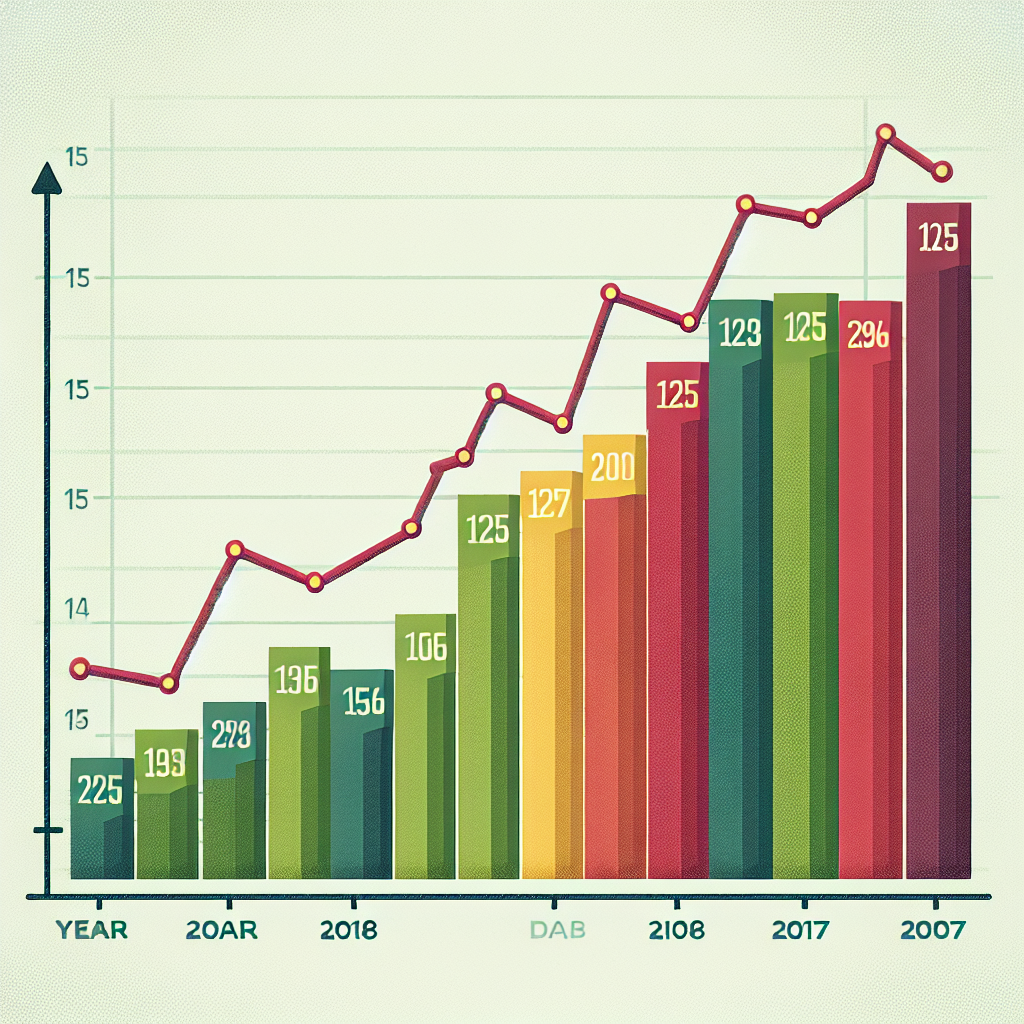
15 year home loan rates
Understanding 15 Year Home Loan Rates: A Comprehensive Guide
Homeownership remains a cornerstone of the American dream, and for many, acquiring a mortgage is the most significant financial commitment they will ever make. When considering the various options available, it's crucial to understand the specific details that come with different loan terms, including 15 year home loan rates. This article aims to clarify the advantages and challenges of 15-year mortgages, compare them with other options, and guide you on how to find the best rates available.
What is a 15-Year Home Loan?
A 15-year home loan, or a 15-year fixed mortgage, is a type of loan where the borrower agrees to pay back the borrowed amount in 15 years, with fixed interest rates throughout the loan period. This means that your monthly mortgage payments will remain the same for the entire duration of the loan.
The Advantages of a 15-Year Mortgage
Opting for a 15-year mortgage has its benefits and can be an excellent choice for many homeowners. Some advantages include:
- Lower Interest Rates: Generally, 15-year loans come with lower interest rates compared to 30-year loans. This can save you significant money over the term of the loan.
- Less Interest Paid Over Time: Because of the shorter term, you'll pay a lot less in total interest. This means you'll own your home outright in a shorter time frame.
- Faster Equity Building: With higher monthly payments, homeowners can build equity in their properties more rapidly.
- Peace of Mind: Knowing that your mortgage will be paid off sooner can provide a sense of security and freedom.
The Disadvantages of a 15-Year Mortgage
Despite its benefits, a 15-year mortgage may not be suitable for everyone. Consider the following potential drawbacks:
- Higher Monthly Payments: Because you're repaying the loan over a shorter period, the monthly payments will be substantially higher than those of a longer-term loan.
- Less Flexibility: If you find yourself in a tight financial situation, the higher payments might strain your budget, making it less flexible compared to a 30-year option.
- Potential for Less Cash Flow: Paying a higher amount monthly impacted other areas of your finances, limiting your ability to save or invest.
What Affects 15-Year Home Loan Rates?
The interest rate on a 15-year mortgage can fluctuate due to several factors. Understanding these can be crucial in securing the best possible rate:
- Credit Score: A higher credit score typically leads to better loan terms, including lower interest rates.
- Market Conditions: Economic indicators such as inflation, the job market, and federal reserve policies can influence interest rates.
- Loan-to-Value Ratio (LTV): A lower LTV ratio, meaning you made a larger down payment, often results in better rates.
- Debt-to-Income Ratio (DTI): Lenders assess your DTI ratio to evaluate your ability to manage monthly payments. A lower ratio may provide you with better rates.
- Loan Amount and Type: Conforming loans usually have lower rates compared to jumbo loans, depending on the amount.
How to Secure the Best 15-Year Home Loan Rates
Securing a favorable interest rate requires planning and diligence. Here are some strategies to consider:
- Improve Your Credit Score: Check your credit report for errors, pay down outstanding debts, and make timely payments to raise your score.
- Shop Around: Don't settle for the first rate you receive. Compare offers from multiple lenders, including local banks, credit unions, and online lenders.
- Consider Points: Lenders may offer you the option to pay points upfront to obtain a lower interest rate. Calculate whether this will benefit you in the long run.
- Negotiate: Don’t hesitate to negotiate the terms of the loan with your lender. They may be willing to offer better deals to secure your business.
- Stay Informed: Keep an eye on market trends and economic news which may help anticipate when rates may rise or fall.
Current Trends in 15-Year Home Loan Rates
The landscape of 15 year home loan rates fluctuates frequently, influenced by various market and economic conditions. Here's a brief overview of the current trends as of October 2023:
| Year | Average Interest Rate | Comments |
|---|---|---|
| 2020 | 2.3% | Historically low rates due to the pandemic. |
| 2021 | 2.5% | Rates remained low but began to show signs of increasing. |
| 2022 | 3.1% | Gradual increases due to inflation concerns. |
| 2023 | 4.0% | Projected to stabilize as the economy adjusts. |
Comparing 15-Year vs. 30-Year Mortgages
To further enfold your understanding, let’s compare 15-year and 30-year loans:
| Feature | 15-Year Mortgage | 30-Year Mortgage |
|---|---|---|
| Interest Rate | Typically lower | Typically higher |
| Monthly Payment | Higher | Lower |
| Loan Term | 15 Years | 30 Years |
| Total Interest Paid | Less | More |
| Equity Building | Faster | Slower |
Conclusion
In summary, a 15 year home loan can offer significant advantages such as lower interest rates and less total interest paid over time. However, the higher monthly payment and potential impact on your cash flow should be carefully considered. To secure the best rates, it’s essential to do your research, improve your credit, and shop around for the best offers.
As mortgage rates continue to evolve, staying informed and prepared will help you make the best choice for your financial situation. Whether you decide on a 15-year or a longer-term mortgage, the key is understanding the options available to you and choosing the path that aligns with your financial goals.
By Guest, Published on September 20th, 2024